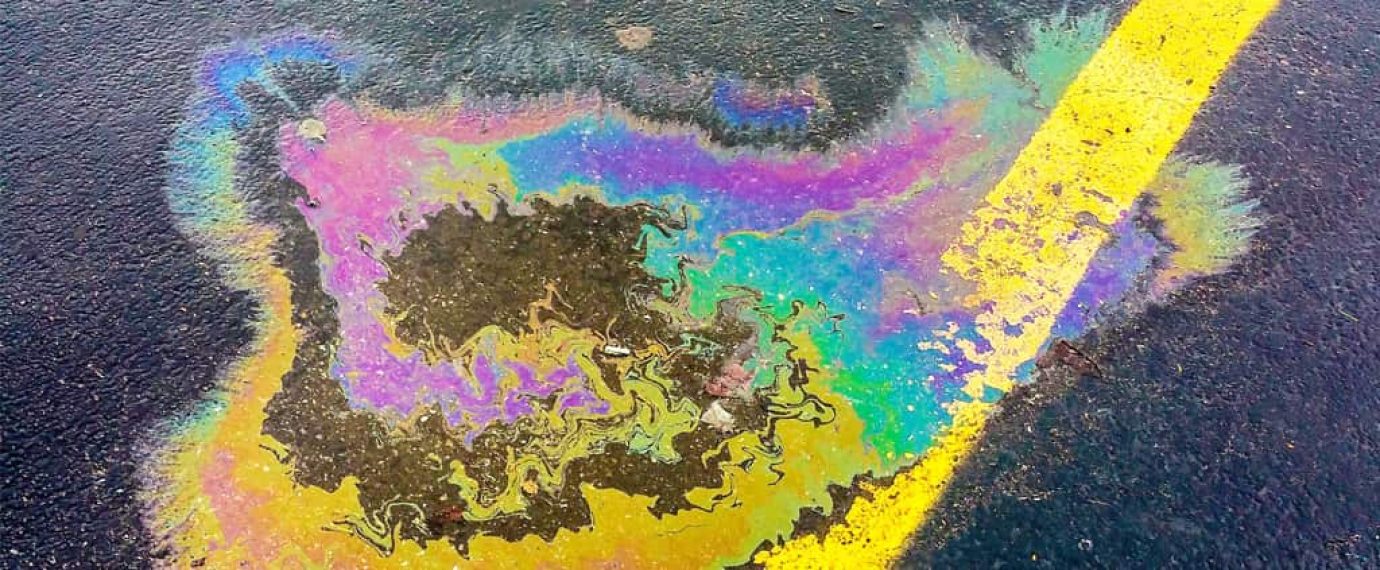As a refresher, a Spill Prevention Control and Countermeasures (SPCC) plan is required for facilities storing oil with an aggregate storage capacity greater than 1,320 gallons in containers greater than 55 gallons. The plan is a requirement under the Oil Pollution Act (OPA), an amendment made to the Clean Water Act (CWA) in 1990.
Under the SPCC rule (40 CFR 112.2), “Oil means oil of any kind or in any form, including, but not limited to: fats, oils, or greases of animal, fish, or marine mammal origin; vegetable oils, including oils from seeds, nuts, fruits, or kernels; and, other oils and greases, including petroleum, fuel oil, sludge, synthetic oils, mineral oils, oil refuse, or oil mixed with wastes other than dredged spoil.”
The definition can be difficult to navigate and can create confusion within manufacturing. Unfortunately, a comprehensive chemical list does not exist. With responsibility for the navigable waters of the United States, the U.S. Coast Guard publishes an extensive list of “oils,” but the list is not exhaustive nor exclusive of oils. The USCG list can be found at:
The primary oils leading to the development of SPCC plans include the following:
Petroleum Oils
Oils including crude and refined petroleum products, asphalt, gasoline, fuel oils, mineral oils, naphtha, sludge, oil refuse and oil mixed with wastes other than dredged spoil.
Non-Petroleum or Synthetic Oils
Non-petroleum oils including coal tar, creosote, silicon fluids, pine oil, turpentine and tall oils are examples of non-petroleum oils that are specifically addressed by SPCC requirements.
Synthetic oils are considered to share common physical properties with petroleum oils and therefore, will produce similar environmental effects.
Animal Fats and Vegetable Oils
Animal fats include fats, oils and grease of animal, fish or marine mammal origin, like lard and tallow. Vegetable oils include oils from seeds, nuts, fruits and kernels. Corn, rapeseed, coconut, palm, soybean, sunflower seed, cottonseed and peanut oil are also included.
Asphalt
Since asphalt exhibits liquid-like behavior at certain temperature ranges, it is regulated under SPCC. This includes cutbacks and emulsions while hot asphalt mix (HMA) and HMA containers are exempt from regulation since they are unlikely to flow based on the aggregate mixture.
Natural Gas and Condensate
Natural gas, which volatilizes on contact with water or air, is not regulated in the SPCC rule. However, natural gas liquid condensate is regulated if stored in containers greater than 55 gallons.
Milk and Milk Products (Exempted)
In 2011 the EPA amended the SPCC rule to exempt milk and milk products, determining that spill prevention was adequately addressed under existing standards. This includes butter, cheese and dry milk, among others. Other oils present at the facility are still applicable to the standard.
Additional considerations for materials that may not fit the above list include the use of the “Sheen Rule” and the special considerations required for mixtures to determine whether or not a material is an oil.
The “Sheen Rule”
When defining substances as an oil – especially mixtures – it is important to consider the EPA’s “sheen rule.” Although the specific rule “requires reporting discharges which cause a sheen or discoloration on the surface of a body of water” (under 40 CFR 110.3), it can be inferred from this requirement that all products which can cause a “sheen” on water should be considered oil. Although a test is not practical in most cases, giving consideration may assist in deciding (e.g. consider the impact of soy-based inks).
Oily Mixtures
Mixtures should be evaluated by individual ingredients; if a mixture contains an oil then the entire product should be considered oil. As a general guideline, strong consideration should be given to those substances that are at least 1% oil within the mixture.
SUMMARY
Oils can be difficult to classify. When completing an SPCC threshold determination, start with a chemical inventory list and complete the evaluations for each material. In most cases, it will be necessary to review the SDS. Use the guidance above, consider the “sheen rule” and carefully evaluate mixtures. Remember, only substances kept in containers 55 gallons or greater need to be evaluated.



